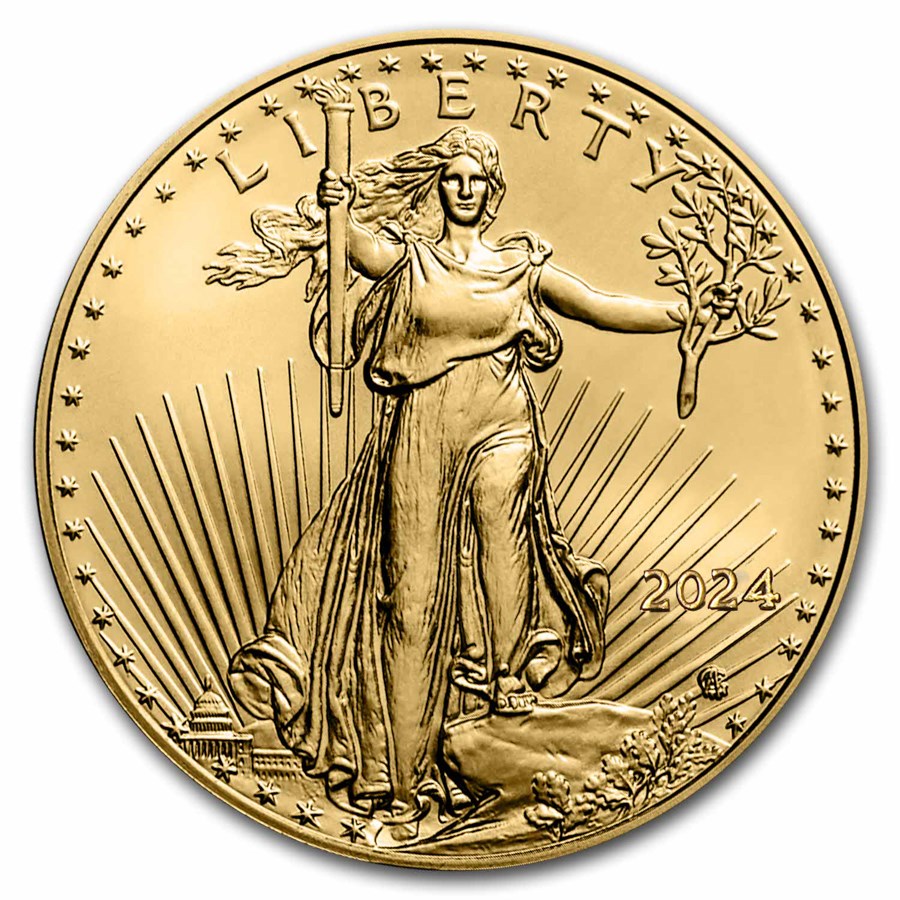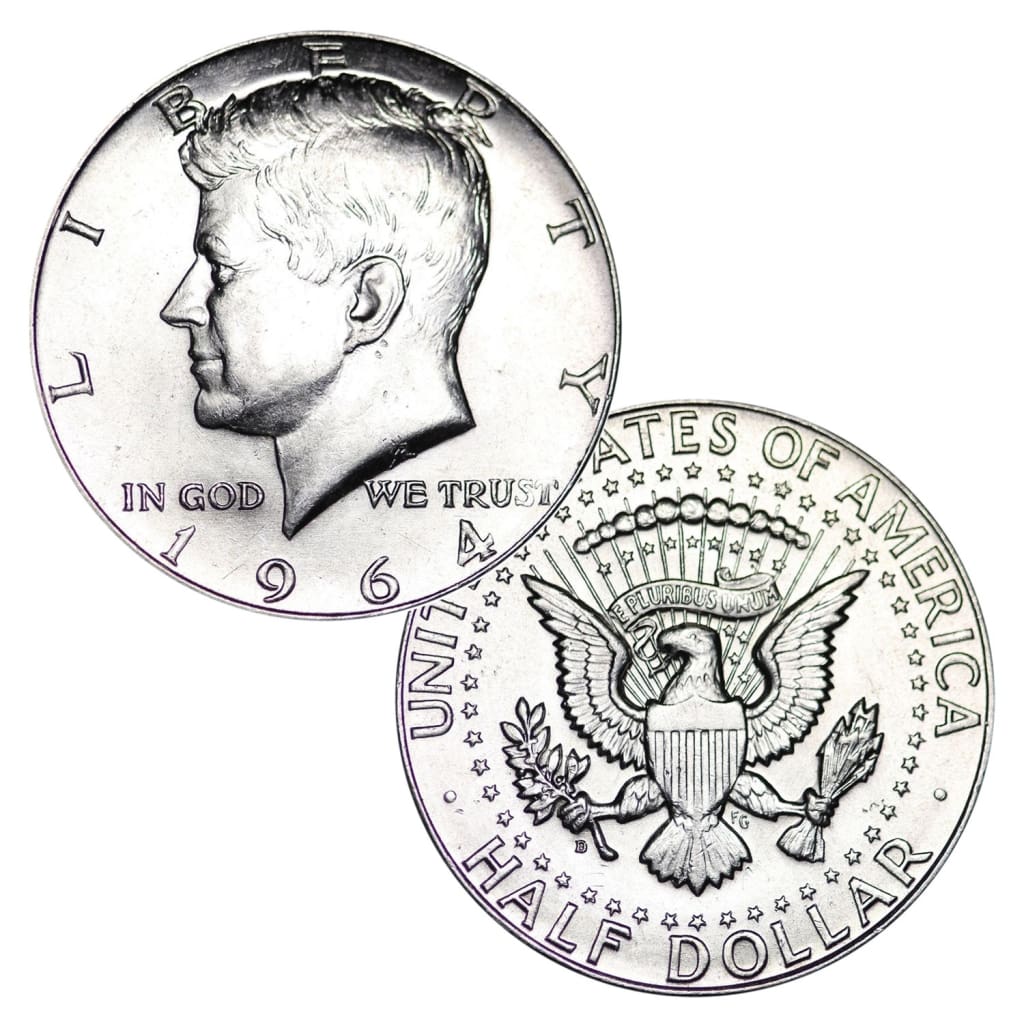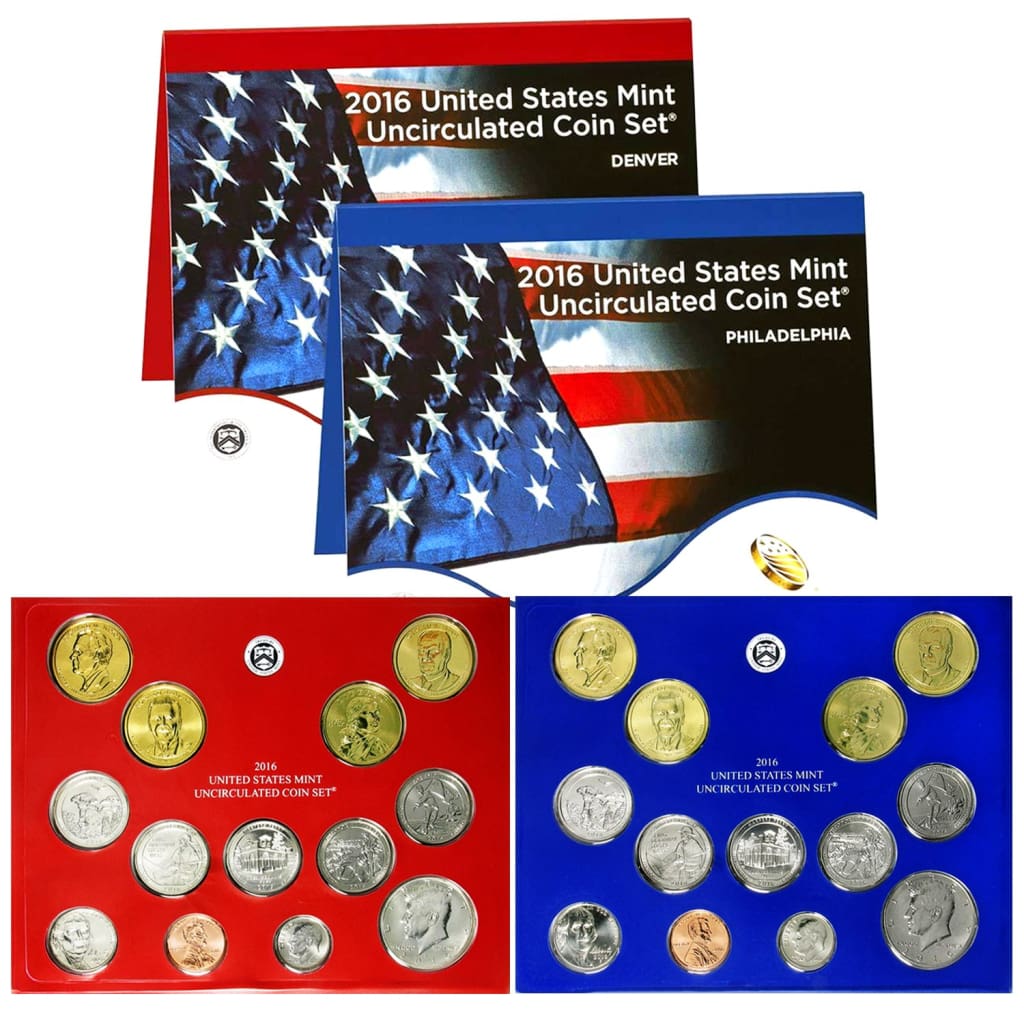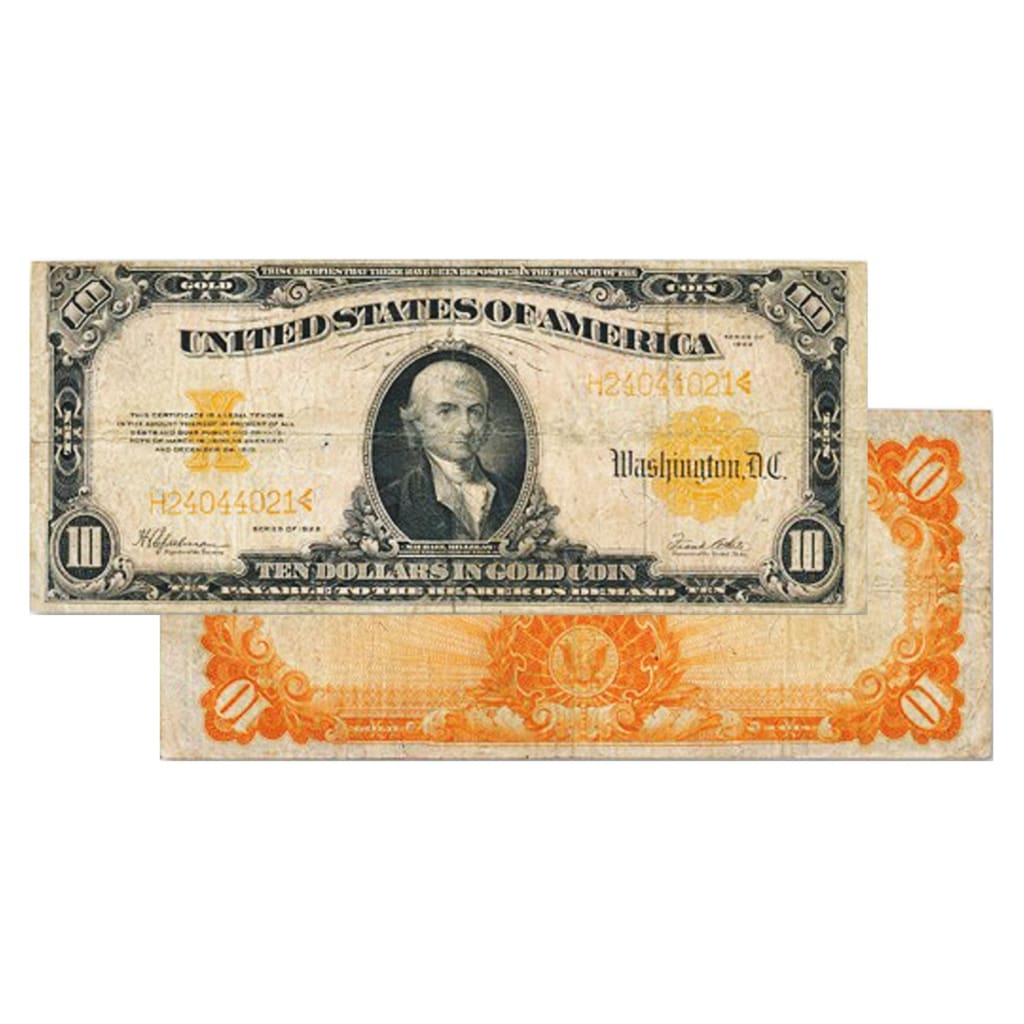Understanding Precious Metal Purity and Fineness
Purity is one of the most important factors influencing the value of precious metals. Knowing how fineness is measured helps buyers compare and evaluate bullion accurately.
Fineness vs. Karat
- Karat (K): Used mostly for gold jewelry (e.g., 24K = nearly pure gold, 18K ≈ 75% gold).
- Millesimal fineness: Preferred for bullion, expressed in parts per thousand (e.g., 999 = 99.9% pure).
Common Purity Standards
- Gold bullion: Usually 99.9% fine (marked 999 or “four nines”); coins like the Canadian Maple Leaf achieve 99.99% (9999).
- Silver bullion: Typically .999 fine (99.9%).
- Platinum and palladium: Often 99.95% pure (.9995) in quality bullion.
Why Purity Matters
- Higher purity generally fetches a higher melt value.
- Prestige coins (e.g., 24K Maple Leaf) may command even larger premiums.
- Rarely, coins with lower purity but historic or collectible significance may value more than the metal content.
Examples of Fineness Levels
- 999.999 (six nines): most refined gold (e.g., Perth Mint 1957).
- 999.99 (five nines): some commemoratives from Royal Canadian Mint.
- 999.9 (four nines): standard for most modern bullion (e.g., common Maple Leaf or Buffalo coins).
- 995+: minimum for Good Delivery gold bars.








